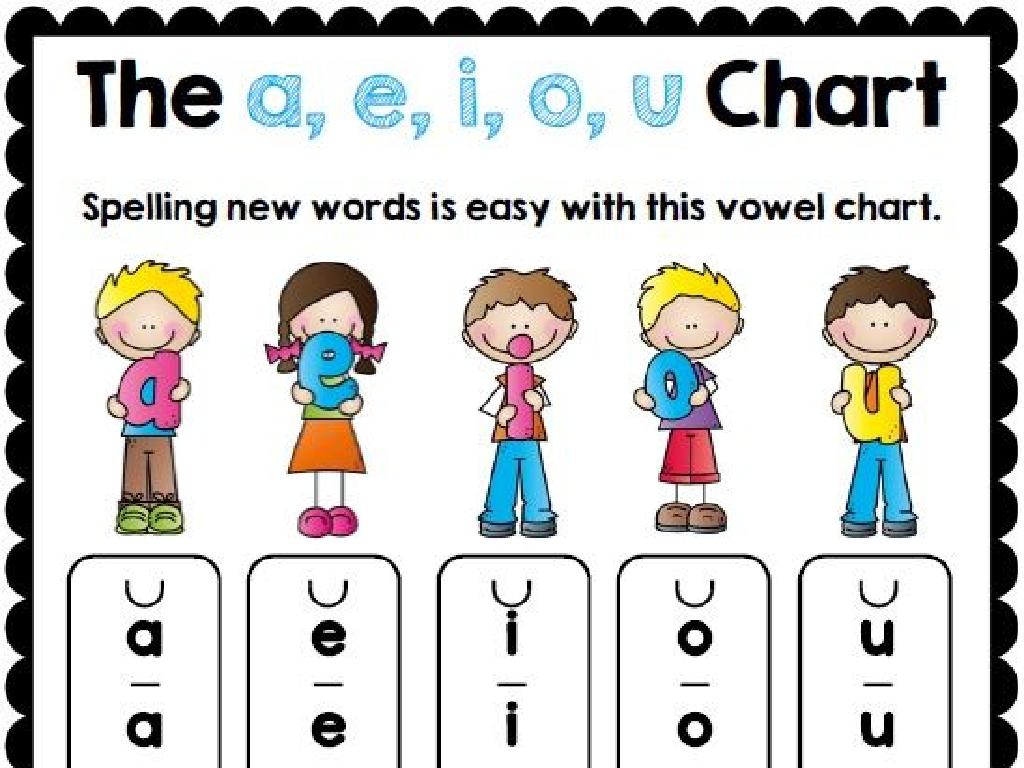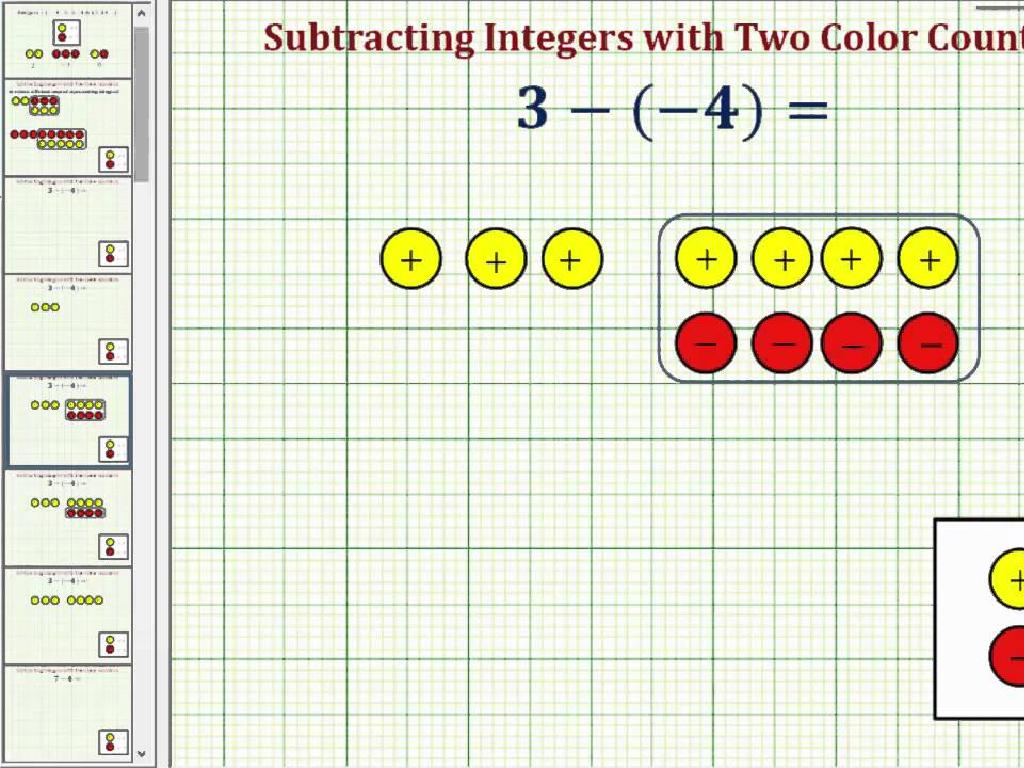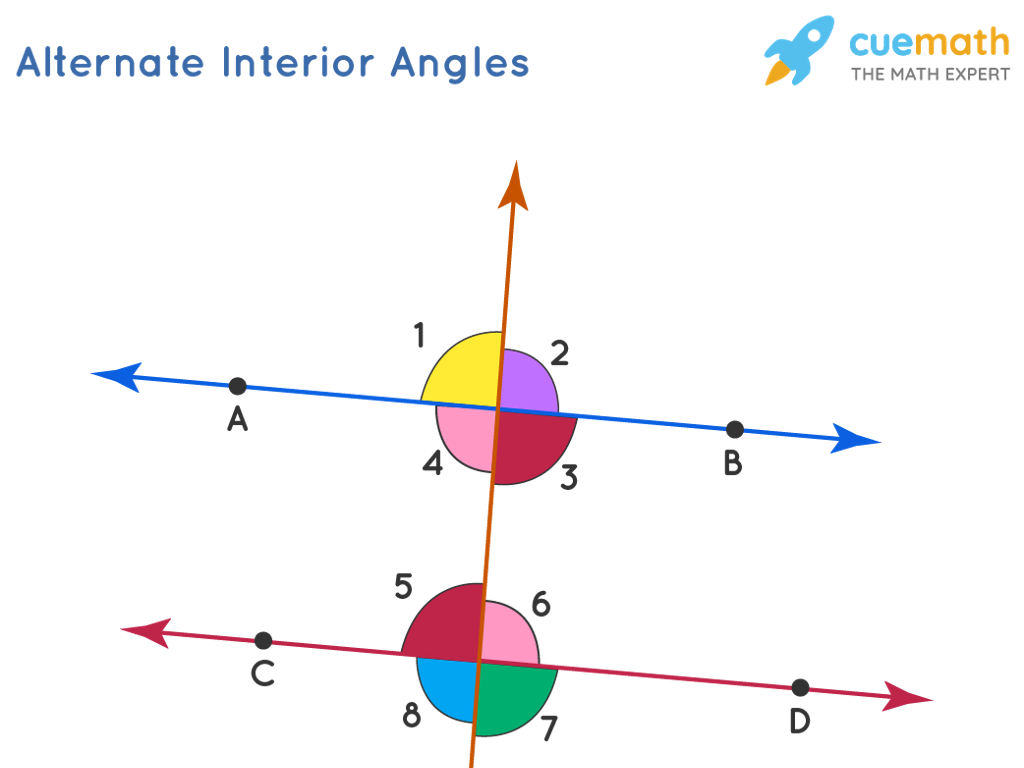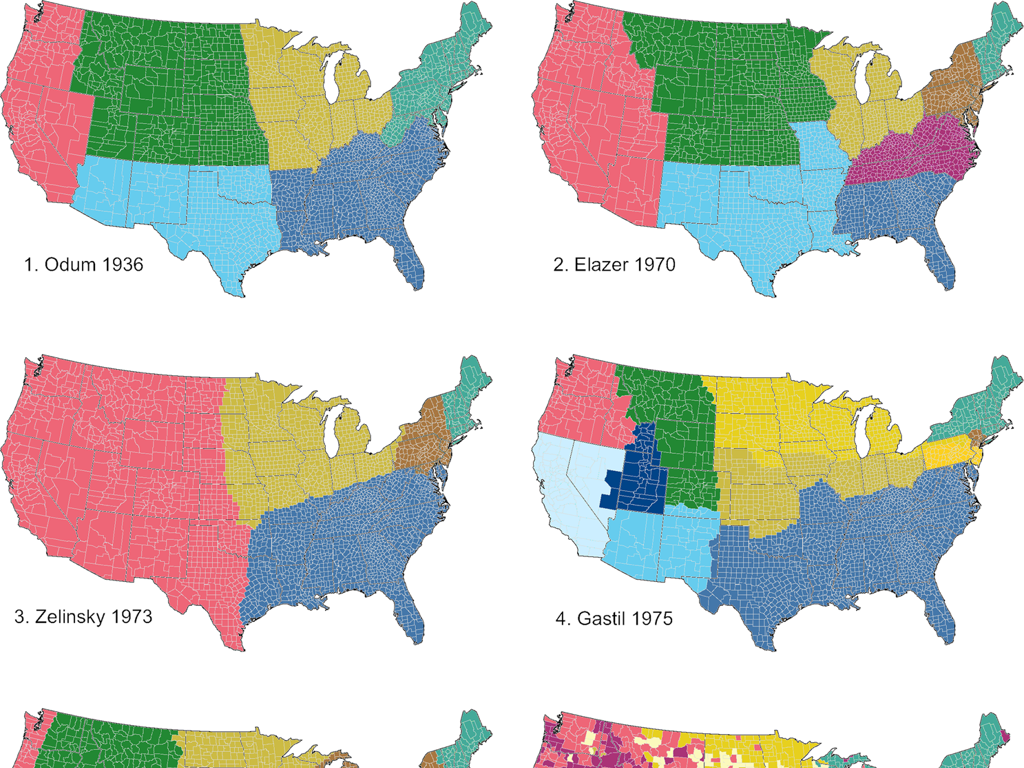Box Plots
Subject: Math
Grade: Seventh grade
Topic: Data And Graphs
Please LOG IN to download the presentation. Access is available to registered users only.
View More Content
Introduction to Box Plots
– What is a Box Plot?
– A graph that displays data distribution via quartiles.
– Basics of Box Plots
– Shows median, quartiles, and extremes at a glance.
– Interpreting Box Plots
– Decipher spread, center, and outliers of data.
– Significance in Data Analysis
– Essential for summarizing large data sets clearly.
|
Begin the lesson by explaining that a box plot, also known as a whisker diagram, represents the distribution of a data set. Highlight the components of a box plot: the median, the upper and lower quartiles, and the maximum and minimum data points (whiskers). Emphasize how box plots provide a visual summary that helps to quickly understand the central tendency, dispersion, and skewness of the data. Discuss the importance of box plots in various fields such as statistics, science, and business for making informed decisions based on data analysis. Encourage students to think of situations where they might encounter or use box plots in real life.
Understanding Box Plots
– Five-Number Summary components
– Minimum, Q1 (25th percentile), Median, Q3 (75th percentile), Maximum
– Calculating the Interquartile Range (IQR)
– IQR = Q3 – Q1, measures spread of the middle 50% of data
– Significance of Whiskers
– Whiskers extend to the smallest and largest values within 1.5 * IQR
– Analyzing Box Plot distribution
|
This slide introduces students to the key elements of a box plot, which is a visual representation of data distribution. Start by explaining the five-number summary, which includes the minimum, first quartile (Q1), median, third quartile (Q3), and maximum. These values divide the data set into four equal parts. Next, discuss the interquartile range (IQR), which is the range between Q1 and Q3 and represents the spread of the middle half of the data. The whiskers of the box plot show variability outside the upper and lower quartiles and extend to the smallest and largest values that are not considered outliers. Finally, emphasize how the box plot can be used to analyze the distribution of data, identify outliers, and compare different data sets. Provide examples of box plots for students to interpret, and encourage them to create their own box plots using data sets.
Creating a Box Plot
– Collect your data set
– Arrange data in ascending order
– Determine median, Q1, and Q3
– Median is the middle value, Q1 and Q3 are the quartiles
– Sketch the box and whiskers
– Box represents Q1 to Q3, whiskers extend to the smallest and largest data points
|
Begin by explaining the purpose of a box plot, which is to display the distribution of a data set. Have students collect or provide them with a data set. Guide them to sort the data from least to greatest to better visualize the spread and identify the median, first quartile (Q1), and third quartile (Q3). The median divides the data set in half, while Q1 and Q3 divide the data into quarters. Once these values are found, instruct students on drawing the box plot: the box spans from Q1 to Q3 with a line at the median, and whiskers extend from the box to the smallest and largest values in the data set. This visual representation helps identify the central tendency, spread, and outliers of the data.
Reading a Box Plot
– Identify the median and quartiles
– The median divides data in half, quartiles divide data into four equal parts
– Understand data spread
– The spread shows how much the data varies
– Detect outliers using box plots
– Outliers are data points that differ significantly from others
– Interpret the box plot’s range
– Range is the difference between the highest and lowest values
|
This slide aims to teach students how to read and interpret box plots, a graphical representation of data distribution. Start by explaining the median as the middle value when data is ordered, and quartiles as values that divide the data into four equal parts. Discuss how the spread of the data is represented by the distance between the quartiles, and how it provides insight into data variability. Highlight how outliers are identified in a box plot as points that fall outside the ‘whiskers’ or the typical range of the data. Lastly, explain that the range is the length of the entire data set, from the smallest to the largest value. Encourage students to practice by reading and creating their own box plots with example data sets.
Comparing Box Plots
– Compare medians of data sets
– Medians show the middle value of ordered data
– Analyze variability with IQR
– IQR measures the middle 50% of data
– Use box plots for distributions
– Box plots visually represent data spread
– Discuss range and outliers
|
This slide aims to teach students how to compare different data sets using box plots. Start by explaining that the median is the middle value when data is ordered from least to greatest. Then, introduce the concept of Interquartile Range (IQR) as a measure of variability that indicates the range of the middle half of the data. Show how box plots can be used to compare distributions by looking at the medians, IQRs, and the range of the data sets. Emphasize how to identify outliers and what they represent in the data. Provide examples of different box plots for students to compare and analyze, ensuring they understand how to interpret the various components of a box plot.
Box Plots in the Real World
– Apply box plots to real scenarios
– E.g., comparing test scores or temperatures
– Interpret a given data’s box plot
– Look at quartiles, median, range
– Discuss the box plot’s insights
– What can we learn about the data’s spread?
– Engage with practical examples
|
This slide aims to show the practical application of box plots in understanding real-world data. Students will learn how to apply box plots to compare test scores, daily temperatures, or other relevant data. They will interpret the various components of a box plot, such as the quartiles, median, and range, to understand the distribution and spread of the data. The discussion will focus on what insights can be drawn from the box plot, such as identifying outliers or understanding the variability of the data. Encourage students to think critically about how box plots provide a visual summary of information and to consider how this can be useful in different scenarios.
Class Activity: Create Your Own Box Plot
– Measure plant heights for data
– Calculate the five-number summary
– Minimum, Q1, median, Q3, maximum
– Draw the box plot on graph paper
– Use the summary to create the plot
– Share findings with the class
|
In this hands-on activity, students will apply their knowledge of box plots by gathering real data from measuring plant heights. They will then use this data to calculate the five-number summary, which includes the minimum, first quartile (Q1), median, third quartile (Q3), and maximum values. With these statistics, students will draw their own box plots on graph paper, accurately representing the data distribution. Finally, students will present their box plots to the class, discussing any patterns or outliers they observed. This activity will help solidify their understanding of box plots and how they are used to represent data visually. For the teacher: Prepare a variety of plants of different heights, ensure students have rulers for measurement, graph paper for drawing, and guide them through the calculation of the five-number summary. Have a discussion prompt ready for the sharing session to facilitate student engagement.






